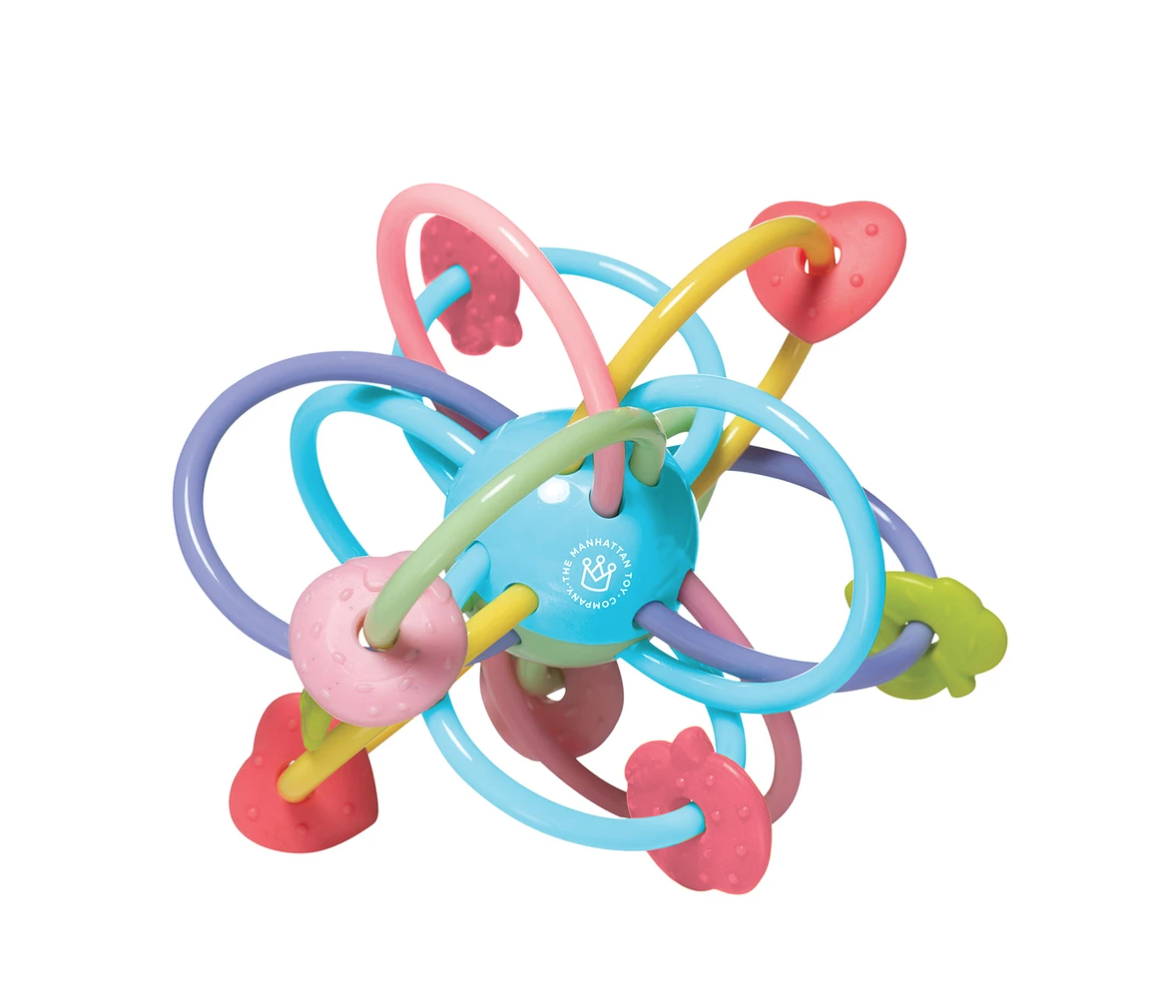
It’s an unfortunate reality, but hundreds of children are injured each year by toy defects. If your child was injured by a toy or item that you suspect was defective, it’s important to understand that you have legal options for recourse.
Toy manufacturers and sellers who cut corners or install faulty designs in their products can be held liable for any injury or death that results from a child’s use of the product. Experienced product defect attorneys at Langdon & Emison can help you hold the manufacturer or seller accountable and can get you compensation to pay for your child’s medical bills.
Call us today at (866) 931-2115 to learn more.
1. Choking Hazards
Young children and babies love to stick whatever they can get into their mouths. They enjoy discovering new tastes and textures, but putting foreign objects in their mouths can quickly become deadly if small, loose parts are involved.
In fact, choking is the leading cause of infant death and the fourth leading cause of death among preschool-age children. Some child injuries and deaths are related to food consumption (hot dogs, candy, gum), but many are caused by small toy pieces. Placed in a child’s mouth, these pieces can partially or completely obstruct airflow from the upper airway into the trachea.
Some especially small objects can even pass below the vocal cords to the carina, the bottom of the respiratory tract that is closest to the lungs.
Recently, Manhattan Toy Company, LLC recalled over 20,000 units of its Manhattan Ball toy, sold exclusively at Target stores in the U.S. According to the recall report published by the U.S. Consumer Product Safety Commission, the toy’s plastic tubes can detach from the center ball, releasing the small silicone teethers threaded on the tubes and presenting a choking hazard.
2. Laceration Hazards
Many toy manufacturers use inexpensive, often low-grade materials to save money. That might be an economical choice, but it is not a safe or reasonable one, especially when the affected product is made for children.
Similar to toys that present choking hazards, some toys feature parts or internal components that can break off or wear down its protective covering, creating or revealing a sharp point that can cut the child playing with it. This is especially dangerous for young children who often sleep with their favorite toy, or for toddlers placing a toy close to their face.
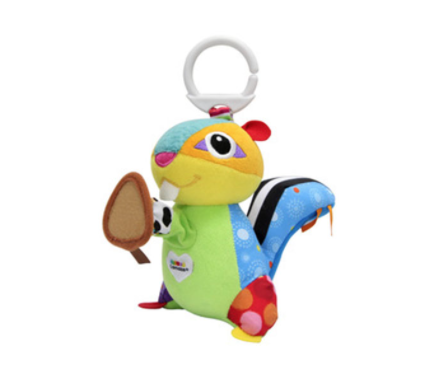
3. Toxic Chemicals
Chemicals are used in thousands of products, including toys. Chemicals are added to plastic, fabric, and paint products to make them more flexible, more rigid, or to comply with federal fire regulations. Some chemicals are used to create mesmerizing flashing effects, such as in light-up shoes or flaming princess wands.
Unfortunately, some of these chemicals are toxic or unstable in certain situations, giving them ample room to be one of the most dangerous toy defects.
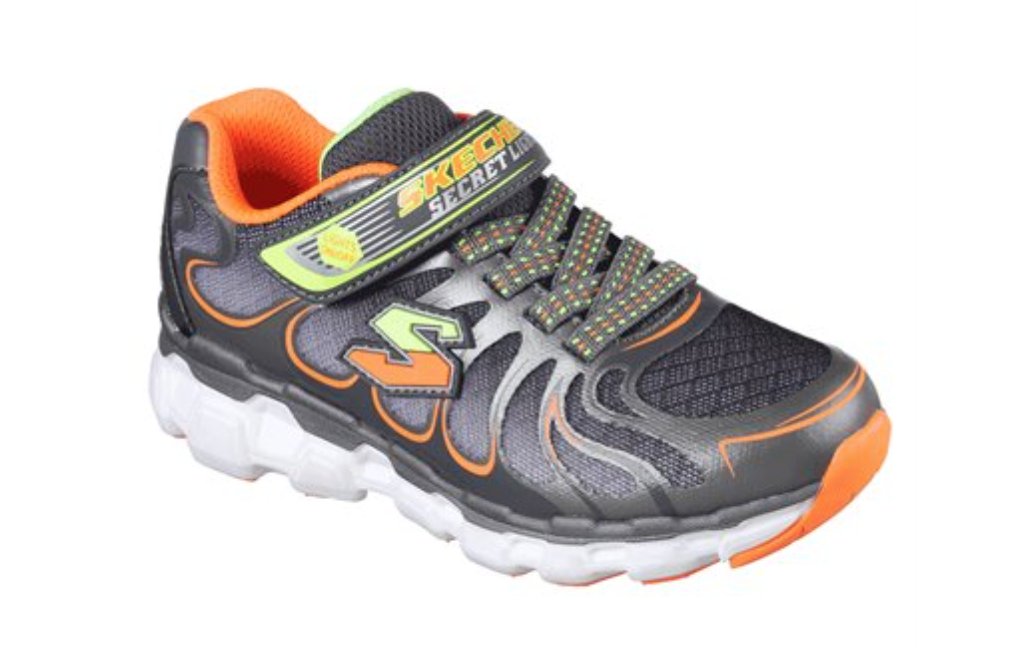
4. Ingestion Hazards
Children love learning and discovering new things about the world around them. For many children, nothing is more novel of an idea than a magnet. A piece of metal that attracts things to it? How cool! Science-minded boys and girls have a hard time staying away from these simple toys.
However, hundreds of magnet-related incidents span several decades, raising questions of magnets’ safety as a child’s toy. According to WebMD, when two or more magnets are ingested, they can seriously damage the stomach or intestines by attracting each other through the lining of different loops of the intestine.
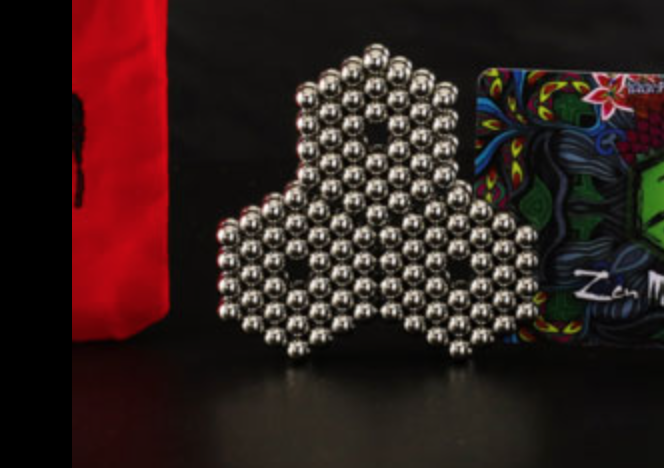
Many parents are fighting back, calling on the CPSC to recall or issue new warnings about magnetic toys. One such recall, effective August 17, 2021 involved 10 million Zen Magnets and Neoballs Magnets sold by Zen Magnets, LLC.
5. Inadequate Warning Labels
Since 1986, the United States government has followed Pennsylvania-based company ASTM International’s guidelines for toy safety. ASTM F963-17, the so-called “gold standard” for toy safety, is a comprehensive standard that addresses and seeks to prevent numerous hazards associated with toys.
In 2008, Congress passed the Consumer Product Safety Improvement Act, requiring that the voluntary toy safety standard in effect become mandatory nationwide.
As part of both of these provisions, toy makers must have all of their products tested and approved for sale on the basis that they are generally safe for use. If a toy contains electronic parts, it must have an FCC compliance mark; when a product is sold in a certain type of plastic bag, it must have a Bag Suffocation Warning label affixed.
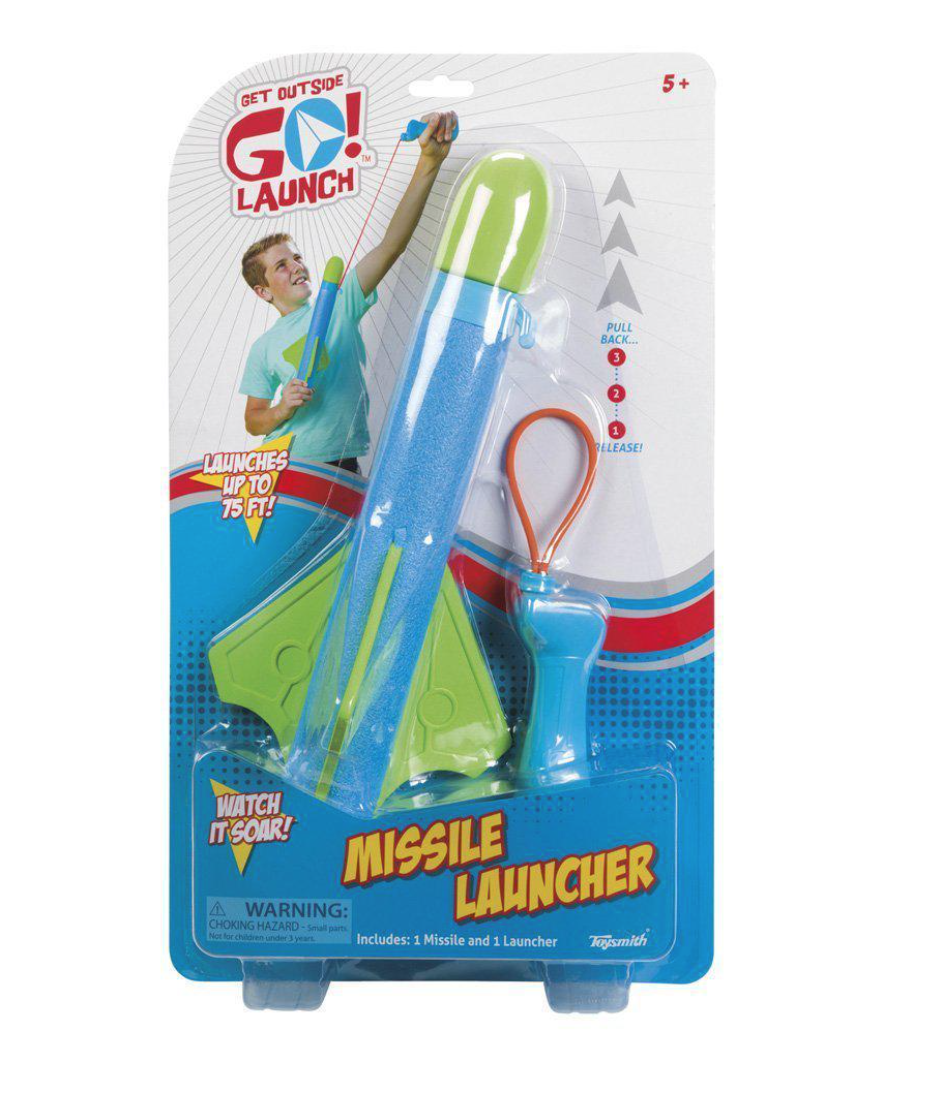
There’s a choking hazard printed on the box, but nowhere on the package or toy is there mention of the danger of eye and facial injuries, as pointed out by the organization W.A.T.C.H. (World Against Toys Causing Harm, Inc.) “10 Worst Toys of 2020” list.
However, there is a significant risk of eye and facial injuries, especially considering that the “launch” occurs right next to the child’s face, as shown on the package.
6. Burn Hazards
The U.S. Consumer Product Safety Commission (CPSC) regulates the manufacture of highly flammable clothing, including items made with linen, cotton, lyocell, and rayon. Prior to the CPSC’s founding in 1972, the Federal Trade Commission was in charge of upholding the Flammable Fabrics Act of 1953, an Act passed in Congress following the tragic deaths of several children who went up in flames while wearing highly flammable rayon cowboy chaps.
Now, the CPSC has authority over the Flammable Fabrics Act and can issue mandatory flammability standards as well as product recalls. Standards have been established for the flammability of children’s sleepwear, clothing textiles, vinyl plastic film used in clothing, carpets and rugs, and mattresses and mattress pads.

In March 2020, Joules USA recalled 12,000 units of children’s pajamas and robes. According to the CPSC, the items failed to meet the federal flammability standard for children’s sleepwear, posing a risk of burn injuries to young ones.
7. Faulty Wiring
Children’s toys may look innocent, but some are more dangerous than cars and electrical appliances, especially when electricity is involved. One reason for this is because children don’t know what to do in the event of an electrical shortage or shock.
They’re also more likely to make a mistake that could injure them further, like being shocked by a faulty toy and dropping it into the puddle of water they’re standing in.
Faulty wiring toy defects can cause serious injuries, including electrocution and electrical shock. There’s also the danger of electrical fire, which presents enormous safety risks to children.
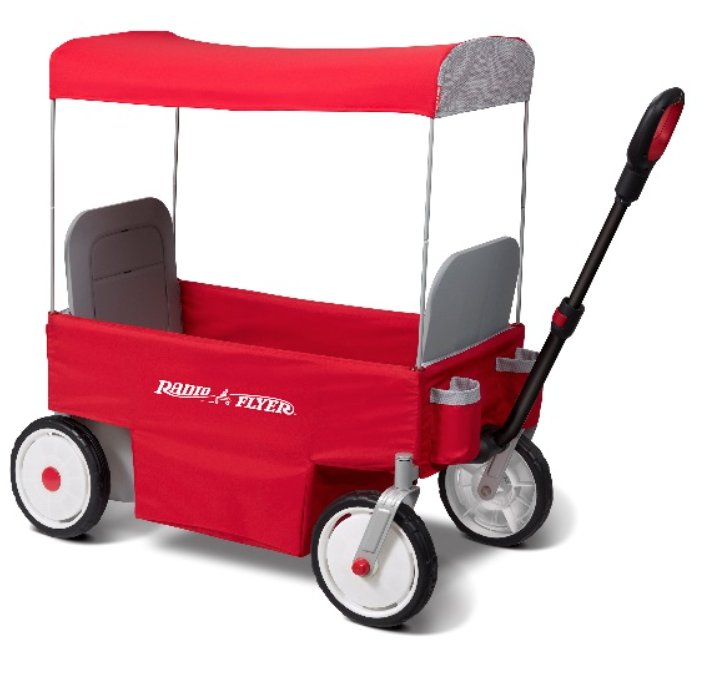
8. Strangulation Hazards
Babies, toddlers, and young children are all very curious and love to investigate new items and objects. This is usually harmless, but some toys and products feature parts such as cords, pulleys, and gaps that present a very real risk of strangulation.
According to the UK’s Child Accident Prevention Trust, toddlers are especially vulnerable to strangulation because their heads weigh proportionately more than their bodies compared to adults. They also don’t have full muscle control, meaning it’s more difficult for them to free themselves if they get stuck or tangled.

One such product of concern is the foldaway expandable safety gate produced by Madison Mill Inc. The company recalled over 25,000 units in the U.S. and over 68,000 in Canada due to concerns of entrapment and strangulation.
According to the CPSC’s report, a young child’s neck can fit into the V-shaped opening along the top edge of the gate. Even if a child is in the room by themselves for just a few minutes, entrapment in the gate can cause serious injury or death.
A Children’s Toy Defects Attorney Can Help
Unfortunately, some companies and manufacturers fail to ensure the safety of one of the most vulnerable populations – children. Toy defects can cause injury or death, and it is unacceptable for companies to produce and sell defective products that put children at risk.
If you or a loved one’s child were injured by a defective toy, it’s time to stand up and hold the responsible party accountable.
Call product defect firm Langdon & Emison today at (866) 931-2115.


